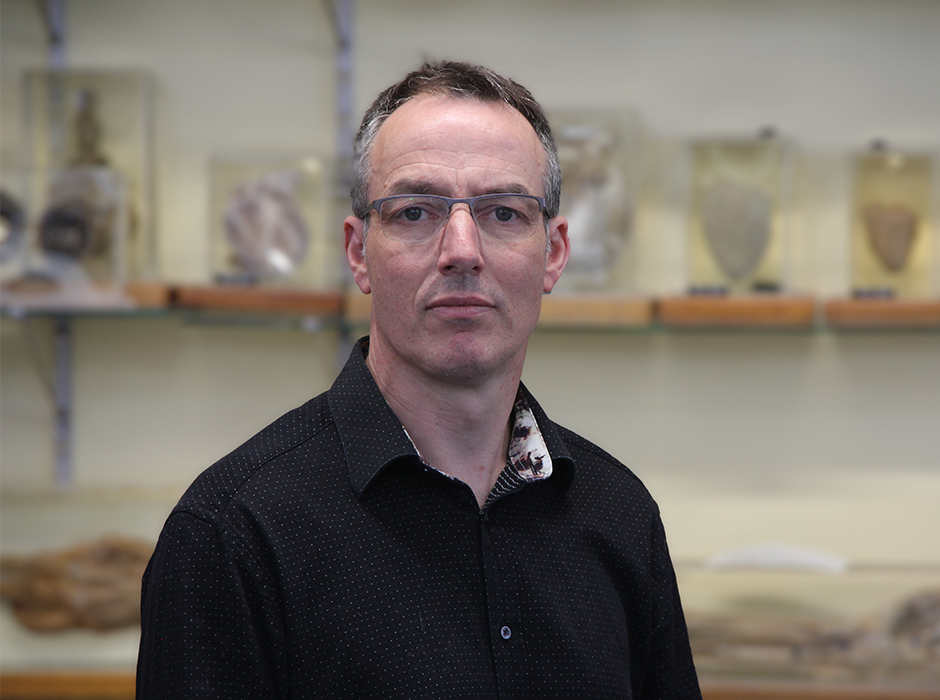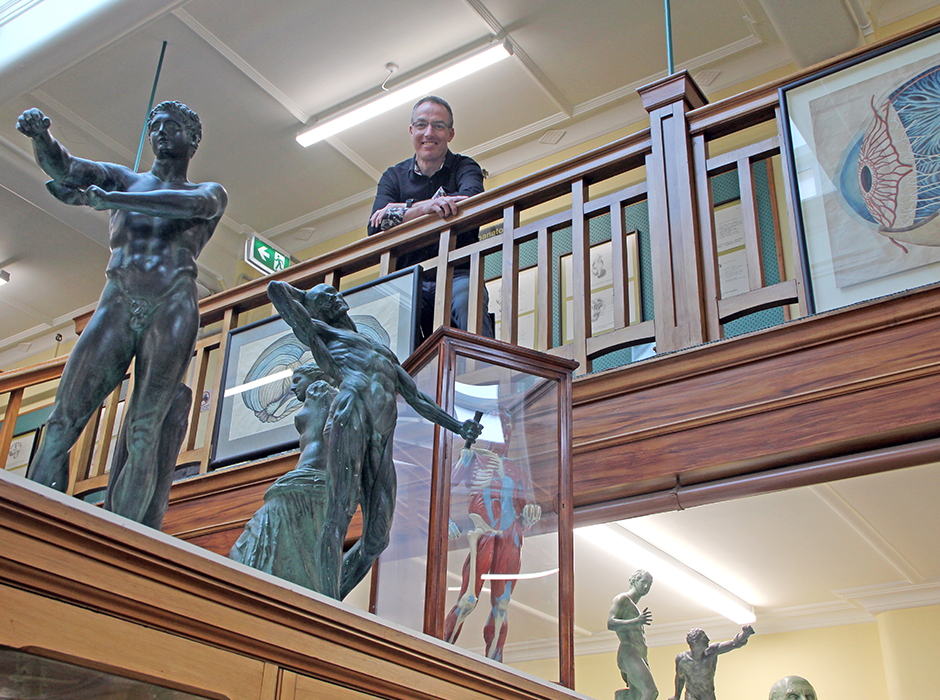
Dr Jon Cornwall says guidelines for managing legacy anatomical collections will be welcomed.
From skeletons to specimens in jars, the care of historic human remains is an understandably sensitive subject.
Otago Medical School Senior Lecturer Dr Jon Cornwall says items like these in historic collections around the world were often obtained without consent and provenance was seldom known. He is the lead author of recently published recommendations for managing legacy anatomical collections – the first set of specific guidelines for these collections.
“If you think of the number of anatomy, bioanthropology, forensics, pathology and archaeology departments across the world with human specimens of unknown origin, these guidelines are filling what has been a pretty big gap.
“One of the big issues we hear from collection custodians time and again is ‘what should I be doing with the collection I oversee?’. We hope these recommendations are useful for those people.”
The recommendations are the result of a two-year international project and they have been adopted by the American Association for Anatomy, the largest association of anatomists in the world.
There is a long tradition of collections of human remains in scientific and private institutions, from medical schools to museums, and guidance for the appropriate management of these collections has been lacking. The recommendations provide an ethical foundation and practical considerations for the use, storage and divesting of legacy collections of human tissues. The guidance will help institutions establish appropriate management and oversight, investigate provenance, and engage with their communities.
Jon says the cultural and ethical position of local communities must be considered so outcomes, particularly around divesting collections, reflect what works best for each community.
As the knowledge and resources of institutions and curators varied, the key issue was to “try to follow the spirit, if not the letter, of the guidelines”.

Dr Cornwall in the University’s W D Trotter Anatomy Museum.
Jon says the recommendations for legacy anatomical collections will be regularly reviewed and will likely change over time as ethical principles concerning human tissue evolve. They currently represent best practice and can help curators, researchers and teachers as they consider the future of these collections in their care.
“The recommendations will be welcomed as providing some guidance and illuminating all the issues that need to be considered.”
Jon works in medical education at the University of Otago and has a research focus on ethical issues surrounding the use of bodies donated to science. He also led the development of global guidelines, released last year, for the acquisition and use of images from bodies donated to science.
Read the international recommendations for legacy anatomical collections here.
- Kōrero by Andrea Jones, Team Leader, Divisional Communications